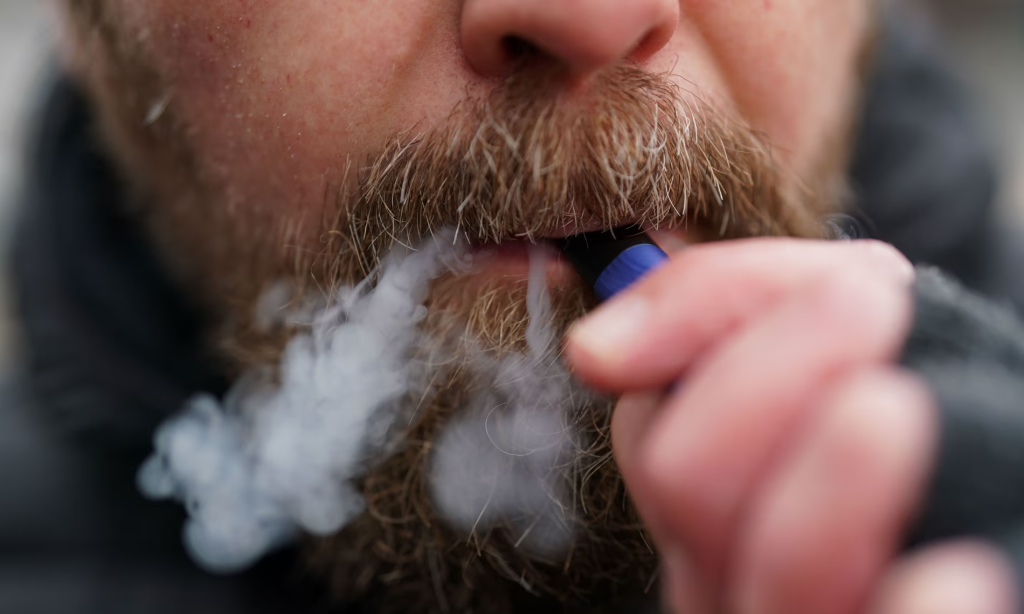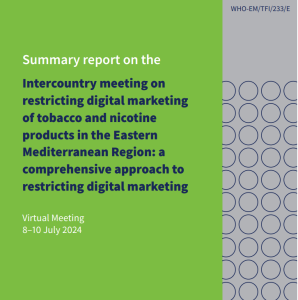Research challenges idea that vaping could be healthier alternative to smoking, say authors of research

Vaping damages young people’s lungs as much as smoking, according to research that has prompted fresh debate over the health risks of e-cigarettes.
The study compared vapers and smokers in a strenuous exercise test and found both groups emerged as being less fit and much more out of breath than people who have neither habit.
Dr Azmy Faisal and colleagues at Manchester Metropolitan University asked 60 people in their 20s to have their lung capacity recorded by spending time on a static exercise bike. Twenty were non-smokers, 20 others had vaped for at least two years and the other 20 had smoked for at least two years.
The vapers had an average “peak exercise capacity”, which, at 186 watts, was similar to that of the smokers (182 watts) but much lower than that among the non-smokers or vapers (226 watts). The test measures the maximum amount of physical exercise that someone can achieve.
In addition, the vapers and smokers were less able to take in oxygen – at 2.7 litres and 2.6 litres a minute, respectively – than those who neither smoked nor vaped (3 litres).
“The study adds to growing evidence that long-term use of vaping is harmful and challenges the idea that vaping could be a healthier alternative to smoking”, said Faisal and his co-authors of the study, which they presented on Sunday at the European Respiratory Society’s (ERS) conference in Vienna.
“Both vapers and smokers showed signs that their blood vessels were not working as well as the non-smoking and non-vaping group, according to the blood tests and ultrasound scans.
“The smokers and the vapers were more out of breath, experienced intense leg fatigue and had higher levels of lactate in their blood, a sign of muscle fatigue, even before they reached their maximum level of exercise.”
The proportion of adults in Britain using vapes has climbed steadily over recent years, from 4.2% in 2014 to 11%, with many smokers using them as a way of kicking that habit. But the proportion of 11 to 17-year-olds vaping has risen much more sharply over the same period, from 1.3% to 7.6%.
Medical researchers have found evidence that vaping increases the risk of cancer, because it changes their DNA, and also that it may damage the brain and vital organs because e-cigarette aerosols and liquids can contain traces of toxic metals such as lead and uranium.
Dr Filippos Filippidis, the chair of the ERS’s tobacco control committee, and a reader in public health at Imperial College London, said: “Vapes are being sold cheaply and in a variety of flavours to appeal to young people.
“As a result, we’re seeing more and more young people take up the habit without knowing what the long-term consequences could be to their health.
“Doctors and policymakers need to know about the risks of vaping and we should be doing all we can to support children and young people to avoid or quit vaping.”
The government has vowed to use its tobacco and vapes bill to crack down on the “irresponsible” marketing of vapes to children as well as progressively outlawing smoking.
Source: The Guardian










